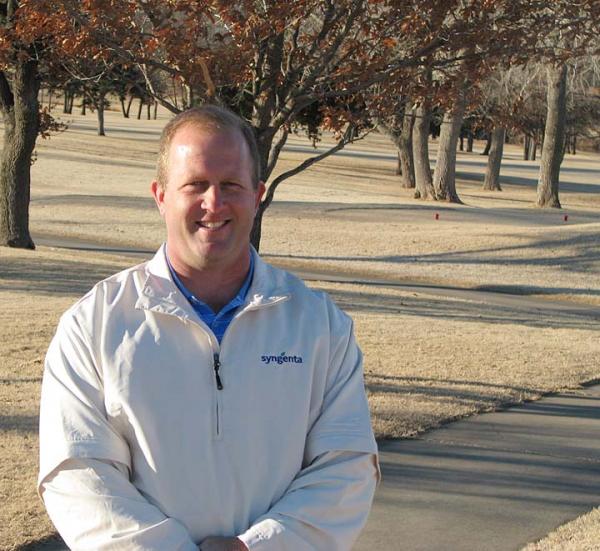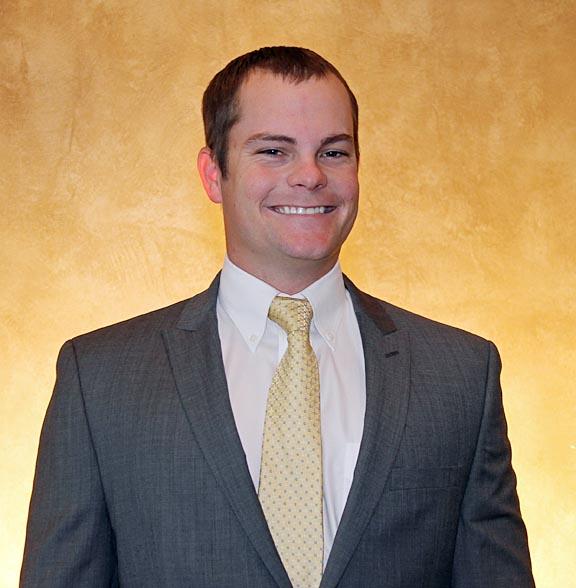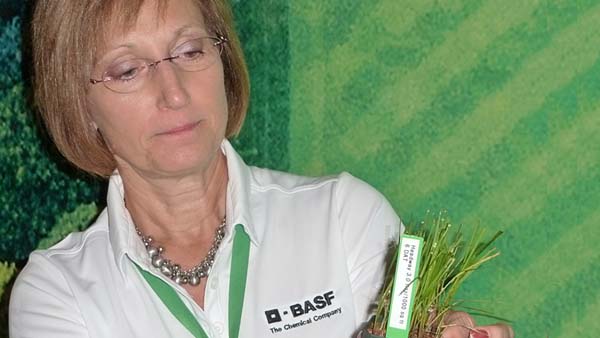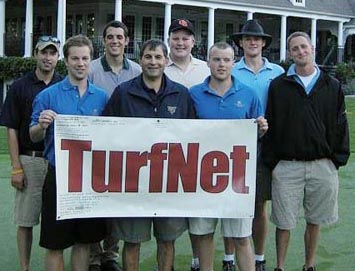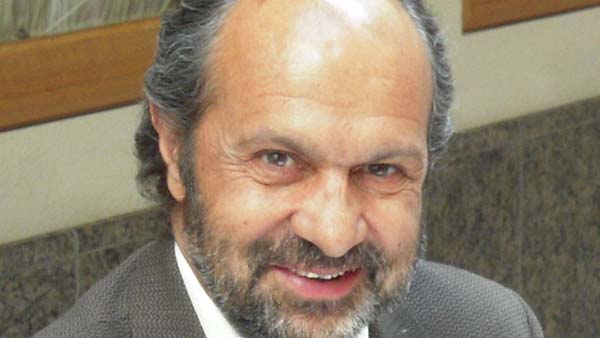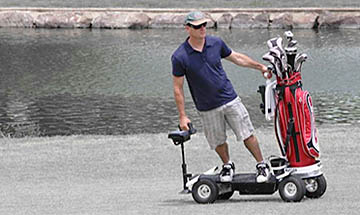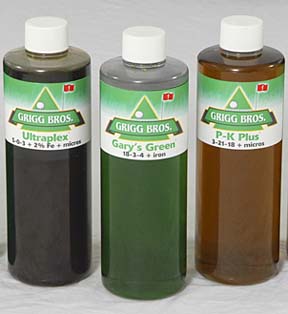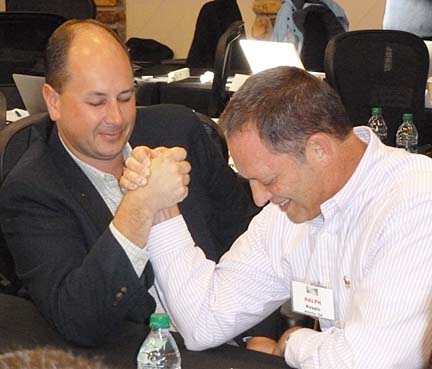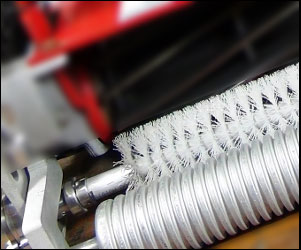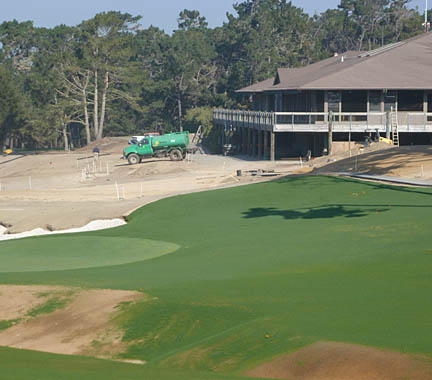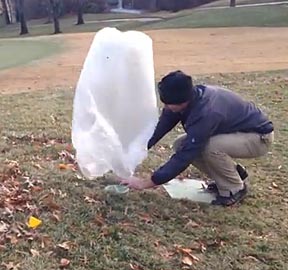
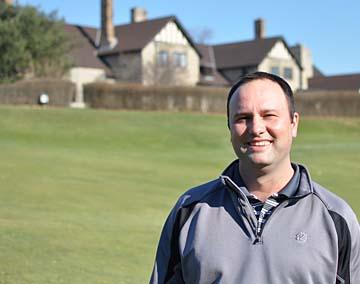
Chad Mark, The Kirtland Country Club, Willoughby, Ohio
The Chagrin River provides an aesthetic backdrop for golfers at The Kirtland Country Club. Mark Petzing, the club's general manager and chief operating officer, called the river both a blessing and a curse. It is a blessing because its meandering beauty is pleasing to the eye and the steelhead that swim its waters provide yet an additional recreational opportunity for the club's members. It also is a curse, because like most courses that wind through golf courses, it has a tendency to overrun its banks during times of excessive rain.
That is exactly what happened July 20 when more than 5 inches of rain fell at the club in Willoughby, Ohio. The Chagrin encroached onto the course covering parts of six holes (Nos. 10-15).
The manner in which superintendent Chad Mark and his staff brought the course back after the flood is just one of many reasons that Petzing, several Kirtland members and a handful of former employees nominated him for TurfNet's 2013 Superintendent of the Year Award, presented by Syngenta. Those who nominated him also included a pair of fellow nominees for the award - a TurfNet first.
Removing silt from the course after the water receded was a multi-step process that began with using snow shovels, brooms and hoses to clear silt from the 10th and 11th greens.
The crew then moved on to clear fairways on Nos. 14 and 15 and the approach on 13.
Any turf that couldn't be repaired was replaced, and Mark went though a total of 30 pallets of sod and a half-dozen pales of seed.
When mud and silt finally were removed, any signs of damaged turf were aerified using five-eighths-inch hollow tines, filled with topdressing sand and overseeded with Alpha creeping bentgrass at a rate of 3 pounds per 1,000 square feet. A slit seeder was used to drop in even more seed at half the overseed rate.
A Verti-Drain was used a month later to relieve compacted soil.
Area clubs and vendors helped Mark and his crew with the repair work by donating the use of equipment, including fans and pumps.
He rewarded his staff's efforts with a swag bag of Under Armour items.
"Chad is an exceptional, skilled professional who has exceeded everyone's expectations at Kirtland," said Kirtland grounds chairman Tony Rehak. "He leads by example and commands respect with his team."
The gifts were just one example of how Mark strives to keep his crew motivated and engaged. He also has developed a unique scheduling system that actually gives time off (including weekends) to his hourly and permanent staff.
The result of his efforts is a course that is ranked among the finest in northeastern Ohio (it is ranked No. 90 on Golfweek's list of the top 100 classic courses) despite a budget that hasn't budged since at least 2006.
Mark, who has been superintendent at Kirtland for 10 years, holds a unique place among this year's list of nominees. He has worked for former Superintendent of the Year John Zimmers of Oakmont Country Club, and also prepped under 2013 super of the year nominees Jim Roney of Saucon Valley Country Club and Paul B. Latshaw of Muirfield Village Golf Club.
During Mark's time at Kirtland, two of his former assistants have been named head superintendent elsewhere, Chuck Zaranec, West Course superintendent at Oak Hill Country Club in Rochester, N.Y., and Chuck Lewanski, superintendent at Sleepy Hollow Golf Course in Brecksville, Ohio.
- Read more...
- 7,070 views

